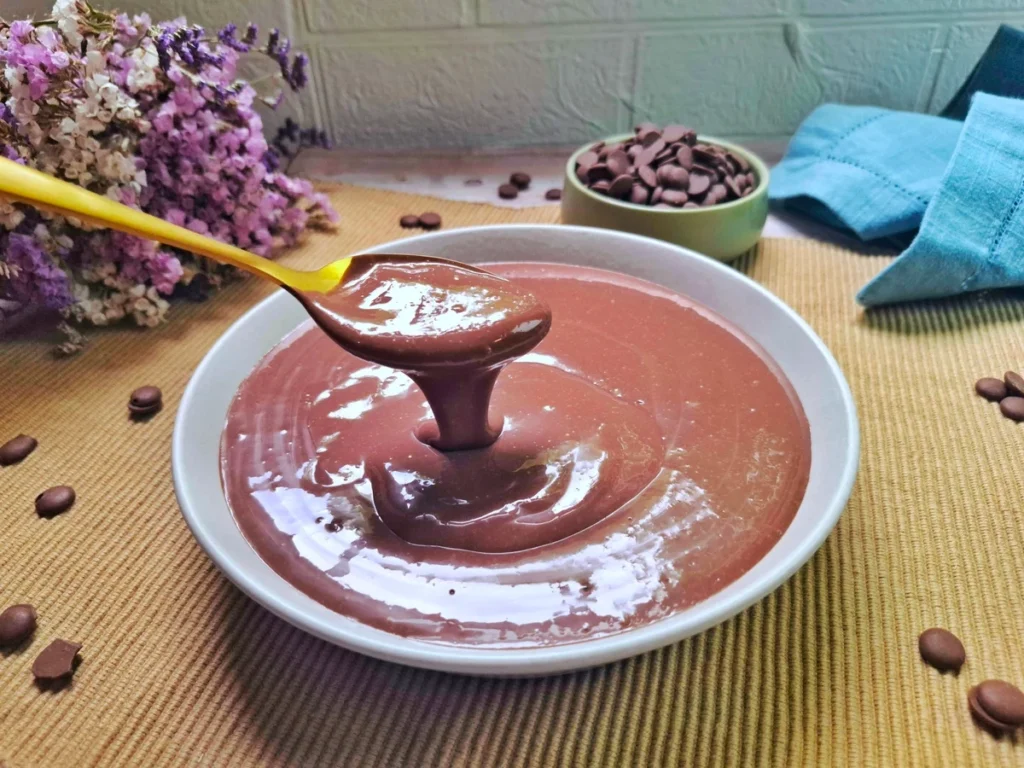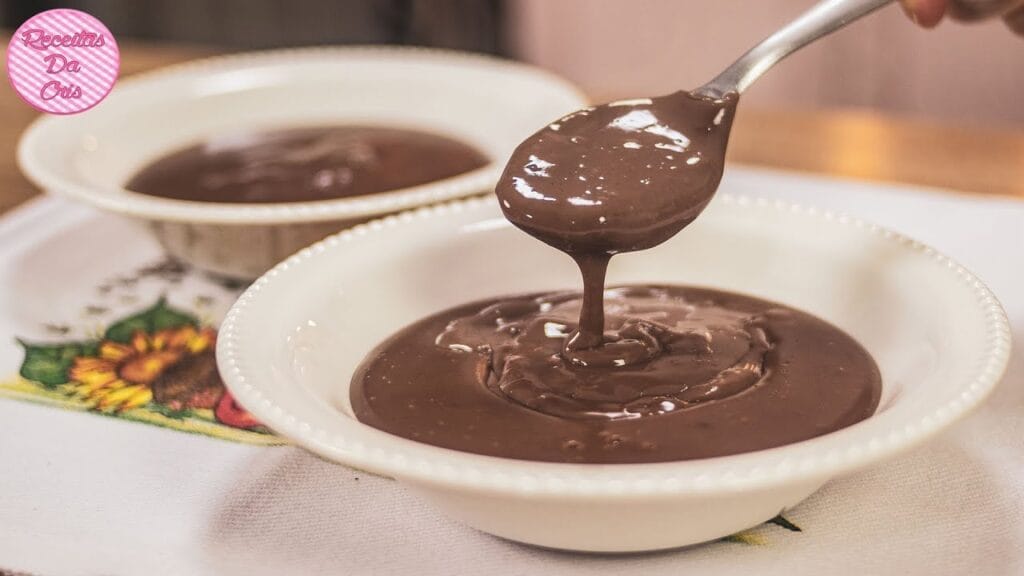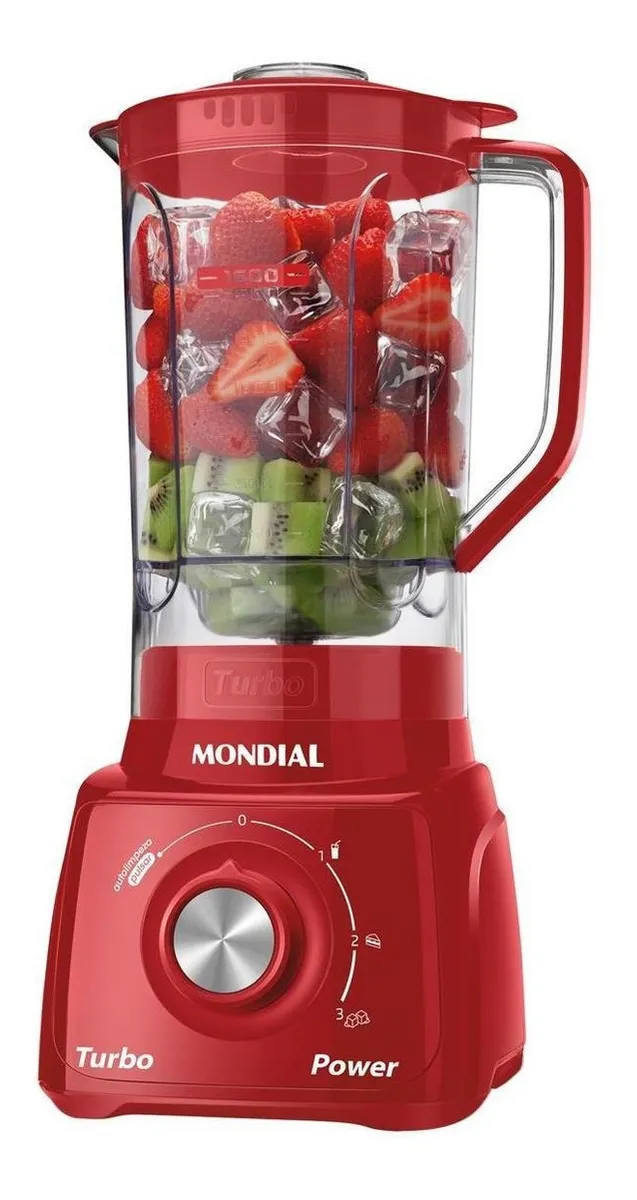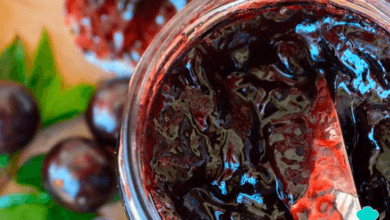Chocolate Pudding Without Cornstarch: Creamy Recipe and Tips!
Learn how to make a delicious chocolate porridge without Maizena, with a practical recipe and tips for perfect creaminess. Also check out substitutes for cornstarch and ideas for accompaniments!
Introduction
Who can resist a warm and creamy chocolate porridge? This delight is perfect for any time of the day, whether for breakfast, afternoon snack, or dessert. But what if you don’t have Maizena (cornstarch) at home, or simply want to try a different version? Is it possible to make a chocolate porridge without Maizena that is equally tasty and with the velvety texture we all love? The answer is yes! In this article, you will learn how to make chocolate porridge without Maizena, with a simple recipe and easy-to-find ingredients. Additionally, we’ll explore the functions of cornstarch in the porridge, suggest substitutes, give accompaniment tips, and teach how to store this delicious dish. Get ready to be amazed by the creaminess of this porridge!

How to Make Chocolate Porridge Without Maizena: Practical Recipe
You will see that it is possible to make a chocolate porridge without Maizena porridge as creamy and tasty as the traditional version. The secret lies in choosing the right ingredients to replace the cornstarch and ensure the perfect texture. Check out the recipe:
Ingredients:
- 500 ml of whole milk (or plant-based milk for a vegan version)
- 3 tablespoons of 50% cocoa powder (or 100% cocoa powder for a more intense flavor)
- 3 tablespoons of sugar (or to taste)
- 2 tablespoons of wheat flour (or another substitute, see tips below)
- 1 tablespoon of unsalted butter (or margarine, or coconut oil)
- 1/2 teaspoon of vanilla extract (optional)
Preparation Method:
- Mix the dry ingredients: In a saucepan, mix the cocoa powder, sugar, and wheat flour (or the chosen substitute).
- Add the milk gradually: Add the milk gradually, stirring constantly with a whisk or wooden spoon to dissolve the dry ingredients and avoid lumps.
- Heat over the stove: Put the saucepan over medium heat, stirring constantly, until it starts to boil.
- Cook until thickened: Once it boils, reduce the heat to low and continue stirring for about 5 to 10 minutes, or until the porridge thickens and reaches the desired consistency.
- Add the butter and vanilla: Turn off the heat and add the butter and vanilla extract (if using). Stir well until the butter melts and incorporates into the porridge.
- Serve: Serve the chocolate porridge without Maizena while still hot, plain or with the accompaniments of your choice (see suggestions below).
What is the Role of Maizena in Chocolate Porridge?
Maizena, which is the commercial name for cornstarch, is a widely used ingredient in porridge, cream, and sauce recipes because of its thickening function. When cornstarch is heated in contact with liquids, its granules swell and absorb water, forming a gel that gives the porridge consistency and creaminess. Additionally, Maizena has a neutral flavor which does not interfere with the chocolate taste.
What Can Substitute Maizena in Chocolate Porridge?
If you don’t have Maizena (cornstarch) at home or want to try other options, there are several ingredients that can replace it in making warm and creamy chocolate porridge?:
1. Wheat Flour:
- Proportion: Use the same amount of wheat flour as you would Maizena (usually 1 to 2 tablespoons per 500ml of milk).
- How to use: Dissolve the wheat flour in a little cold milk before adding it to the pan to avoid lumps.
- Notes: Wheat flour is also an effective thickener but may leave a slight wheat aftertaste. It’s important to cook well so this flavor disappears.
2. Potato Starch:
- Proportion: Use the same amount of potato starch as you would Maizena.
- How to use: Dissolve the potato starch in a little cold milk before adding it to the pan.
- Notes: Potato starch is a gluten-free option that provides a light and velvety texture to the porridge.
3. Rice Flour:
- Proportion: Use the same amount of rice flour as you would Maizena.
- How to use: Mix the rice flour with a little cold milk until completely dissolved, then add it to the pan.
- Notes: Rice flour is another gluten-free option and leaves the porridge with a creamy texture.
4. Rice Cream:
- Proportion: Use the same amount as you would Maizena.
- How to Use: Mix rice cream with a little cold milk until completely dissolved, then add it to the pan.
- Notes: Rice cream is a pre-cooked rice flour that thickens liquids quickly and adds creaminess.
5. Sweet or Sour Tapioca Starch:
- Proportion: Use the same amount of tapioca starch as you would Maizena.
- How to use: Dissolve the tapioca starch in a little cold milk before adding it to the pan.
- Notes: Both sweet and sour tapioca starch are derived from cassava and also work as thickeners. Sweet tapioca makes the porridge more transparent and shiny, while sour tapioca gives a slightly sour flavor.
6. Fine Oat Flakes (or Oat Flour):
- Proportion: Use about 1.5 to 2 times the amount of fine oat flakes or oat flour as you would Maizena.
- How to use: Add the fine oat flakes or oat flour directly to the milk and cook, stirring constantly, until thickened. You can also blend the oats with the milk in a blender before cooking.
- Notes: Oats add a characteristic flavor and a slightly more rustic texture to the porridge, plus they are a more nutritious option rich in fiber.
7. Condensed Milk:
- Proportion: You can replace part of the milk with condensed milk, about half a can per 500ml of milk, adjusting the sugar accordingly.
- How to use: Add the condensed milk together with the milk at the beginning of preparation.
- Notes: Condensed milk is already sweet, so reduce the sugar quantity in the recipe. It also helps thicken the porridge and gives it a very creamy texture.
8. Egg Yolk:
- Proportion: Use 1 yolk for every 500ml of milk.
- How to use: Mix the yolk with a little cold milk and add it to the pan at the end of cooking, stirring quickly so the yolk doesn’t cook into lumps.
- Notes: Egg yolk helps thicken and enrich the porridge, but it is important to add it carefully to avoid curdling.
Tip: When substituting Maizena, pay attention to the porridge’s texture and adjust the amount of thickener if necessary. It’s always better to add gradually while checking the consistency.

What Goes Well with Chocolate Porridge? Ideas for Accompaniments
O warm and creamy chocolate porridge? It is delicious on its own, but some accompaniments can make it even more special. Here are some ideas for you to get inspired:
- Fresh fruits:
- Banana: Fresh banana slices are a classic that pairs perfectly with the taste of chocolate.
- Strawberry: The acidity of strawberries balances the sweetness of the porridge.
- Red berries: Raspberries, blackberries, and blueberries are also great options.
- Mango: Chunks of ripe mango add a tropical touch.
- Dried fruits:
- Raisins: Add sweetness and texture.
- Chopped apricots: A sweet and slightly tangy touch.
- Chopped dates: For a more intense sweetness.
- Nuts:
- Chopped walnuts: Add crunch and flavor.
- Sliced almonds: For a delicate texture and mild flavor.
- Chopped Brazil nuts: A Brazilian touch full of personality.
- Toasted hazelnuts: Pair perfectly with the flavor of chocolate.
- Grated coconut: Fresh or dried grated coconut adds a tropical flavor and an interesting texture.
- Granola: A crunchy granola layer on top of the porridge is a delicious and nutritious option.
- Honey or molasses: A drizzle of honey or cane molasses on the porridge enhances the flavor and adds an extra touch of sweetness.
- Ground cinnamon: A pinch of ground cinnamon sprinkled over the porridge complements the chocolate flavor and warms the palate.
- Chocolate shavings: For chocolate lovers, shavings of semi-sweet, milk, or white chocolate are an irresistible temptation.
- Whipped cream: A dollop of fresh, lightly sweetened whipped cream transforms the porridge into a more sophisticated dessert.
- Chocolate sauce: For chocolate fans, a hot or cold chocolate sauce can be drizzled over the porridge.
Tip: You can combine more than one accompaniment to create an even richer and more personalized gastronomic experience.
How to Store Chocolate Porridge
If there are leftovers warm and creamy chocolate porridge?, or if you want to prepare it in advance, it is important to store it properly to keep the texture and flavor. Follow these tips:
- Cool completely: Let the porridge cool completely at room temperature before refrigerating.
- Airtight container: Transfer the porridge to a container with a lid that seals well. This prevents it from absorbing odors from other foods and helps maintain creaminess.
- Plastic wrap: For extra protection, place a piece of plastic wrap directly contacting the surface of the porridge before sealing the container. This prevents a thick film from forming on the surface.
- Refrigerator: Store the porridge in the fridge for up to 2 days.
How to Reheat:
- Stove: The best way to reheat the warm and creamy chocolate porridge? is in a saucepan over low heat, stirring constantly. Add a little milk (1 to 2 tablespoons per serving) to restore creaminess if needed.
- Microwave: You can also reheat the porridge in the microwave at medium power, in short 30-second intervals, stirring after each interval until it is evenly heated. Be careful not to overheat and dry out the porridge.
Conclusion
Making chocolate porridge without Maizena is simple, practical, and the result is just as delicious as the traditional version. With the tips we shared about substitutions for cornstarch, the foolproof recipe, and accompaniment suggestions, you can prepare a creamy, flavorful porridge perfect for any occasion. Whether for a hearty breakfast, a comforting snack, or a quick dessert, the warm and creamy chocolate porridge? is always a great choice. Now just get started and enjoy this versatile and flavorful recipe!
And you, how do you prefer your warm and creamy chocolate porridge?? Have you ever tried making it without cornstarch? Share your tips and experiences in the comments!
Image Source: receiteria







